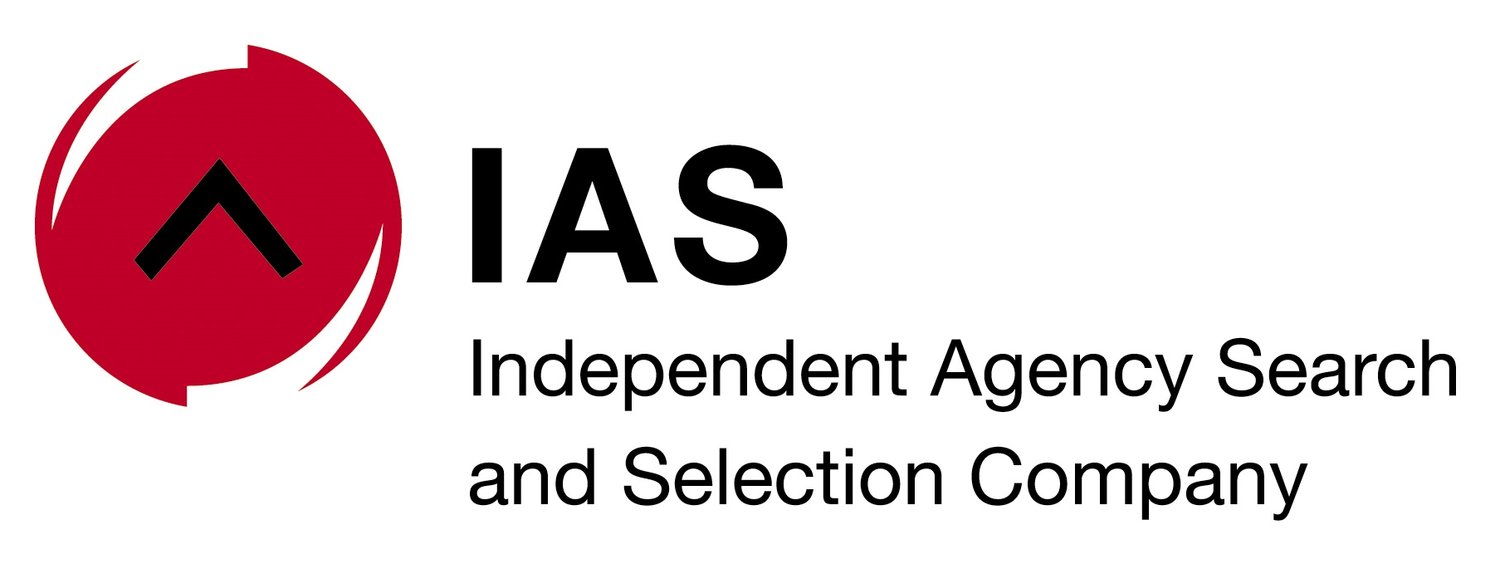As the world continues to navigate a not-quite-post Covid world, savvy marketers are already combining lessons learned with possible future setbacks to ensure they’re ready for both upturns and curve balls, writes Johanna McDowell, CEO of the Independent Agency Search & Selection Company (IAS) and SCOPEN partner.
Consumer – and therefore marketer – behaviour can never go back to what it was before. Consumers rapidly got used to ordering online and goods arriving fairly promptly, creating an expectation of a higher service level than ever before.
As marketers quickly positioned brands in ways that made them easily accessible to clients in lockdown, e-commerce finally got the glory it deserves in South Africa. As I’ve said before, this has placed digital front and centre of all marketing operations in the business to consumer (B2C) sector.
However, retailers can’t afford to ignore the value of hybrid shopping, and the omnichannel wave we’re seeing. Brands offering services will still need to boost their online presence to help consumers cut through the clutter, so covering all bases is vital.
Strategy for making your mark
Cognizant of predictions of a surprising upturn in a number of global economies – and even a marginal, unexpected one in South Africa – predicted by firms like Deloitte and PwC, astute marketers are already reviewing their internal and external capabilities and those of the agencies they currently work with.
The IAS is seeing some marketer investment in setting up a dynamic business strategy that can be adjusted to suit a market that demands flexibility. For some, this may mean investing in talent that not only survived the Covid crunch, but actually thrived. For others, a strategy that uses synergistic relationships with trusted partners as and when needed. This would give marketers the benefit of top creative and digital skills, without the staff complement on their payroll.
Factored into this strategy must be some sort of retainer to ensure the marketer’s hand-picked partners make themselves available as and when needed.
Looking back over 2020 and the first quarter of 2021, marketers must note their core strengths and weaknesses and examine their company culture to make changes where required.
This will include managing expectations from their own staff and agencies. A recent Forbes article cited a Harvard Business School study, which included over 3 million people who worked from home, found that the “average workday increased by 8.2%” during the beginning of the outbreak.
Importantly, any post-pandemic strategy must be underpinned by the marketer’s key goal and what must be done to attain it. Build it around a timeline so that internal and external capabilities are available for a financial upswing – or another lockdown. Nobody wants to entertain the thought of further lockdowns, but factoring in the possibility will ensure your ability to stay the course, come what may.
Articles you may also be interested in reading:
On the rebound: Agencies polish up post-pre-pandemic relationships

